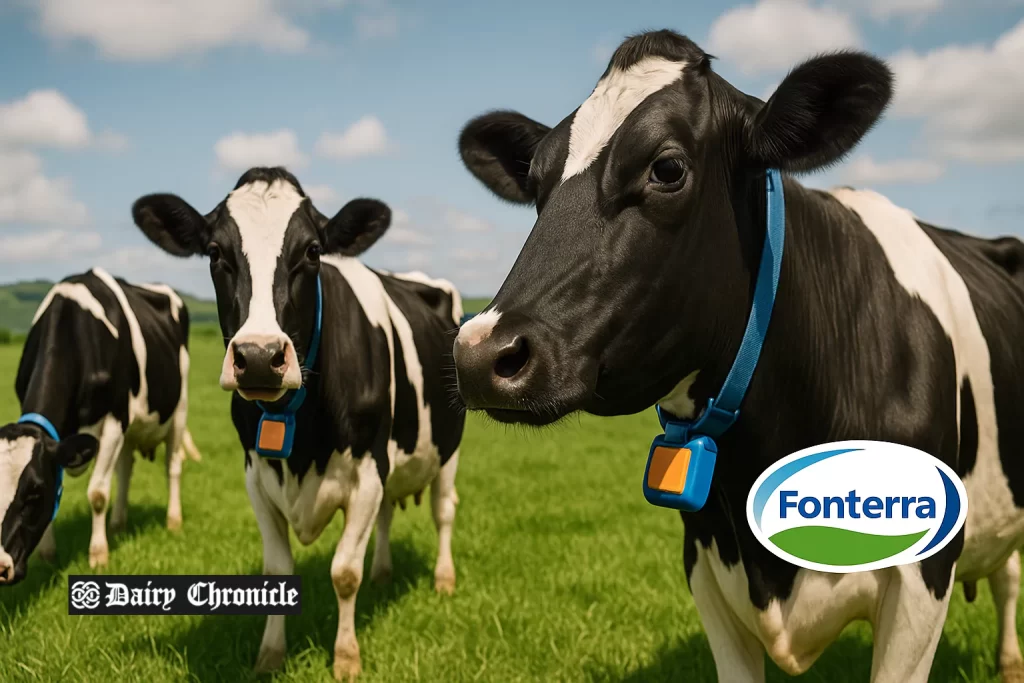New Zealand’s dairy sector, primarily located in Waikato, is undergoing a rapid transformation through sustainable practices and agri-tech innovation. Key organizations like DairyNZ and Fonterra are at the forefront of deploying cutting-edge technologies to reduce environmental impact and meet international market expectations. Despite progress, the sector remains under pressure due to ongoing water pollution, methane, and nitrous oxide emissions, compelling a delicate balance between productivity and compliance.
New Zealand’s dairy industry, primarily concentrated in Waikato, is ramping up sustainability initiatives and technology adoption to maintain its competitive edge amid growing environmental pressures.
The country produces over 20 billion litres of milk annually and generates more than USD $11 billion in exports, making dairy a cornerstone of the national economy. However, the sector has long faced criticism for its ecological footprint. The issue first gained national attention during the early 2000s with the “dirty dairying” campaign, which led to the 2003 Dairying and Clean Streams Accord. Despite progress, nutrient runoff and water pollution persist, triggering tighter oversight from regional councils.
Leading this transformation are DairyNZ—a levy-funded organization supporting dairy farmers with research and resources—and Fonterra, the country’s largest dairy cooperative. Both are embracing advanced agri-technologies aimed at reducing emissions and enhancing efficiency.
Fonterra is investing in smart collars for virtual fencing, composting barns to reduce nutrient leaching, and precision feeding systems that improve cow health and minimize methane output. Its R&D division, home to hundreds of scientists and over 350 patents, has also pivoted from coal-fired milk drying to greener alternatives like bioethanol production from whey, yielding approximately 20 million liters annually.
On the consumer front, both organizations are integrating organic traceability, precision fermentation of dairy proteins, and climate-adapted research farms to meet international demand for sustainable, traceable food systems.
Despite these advances, challenges remain. While New Zealand dairy operations emit about half the methane levels of their international counterparts, agriculture still accounts for over 90% of the nation’s nitrous oxide emissions—a persistent concern for both regulators and the global market.
Balancing environmental compliance with production efficiency is now mission-critical, Our focus is on long-term profitability through sustainable innovation.”
spokesperson from DairyNZ
As consumer expectations shift and climate regulation tightens, New Zealand’s dairy industry is reshaping itself through tech-enabled environmental stewardship, setting an example for global producers navigating similar terrain.



